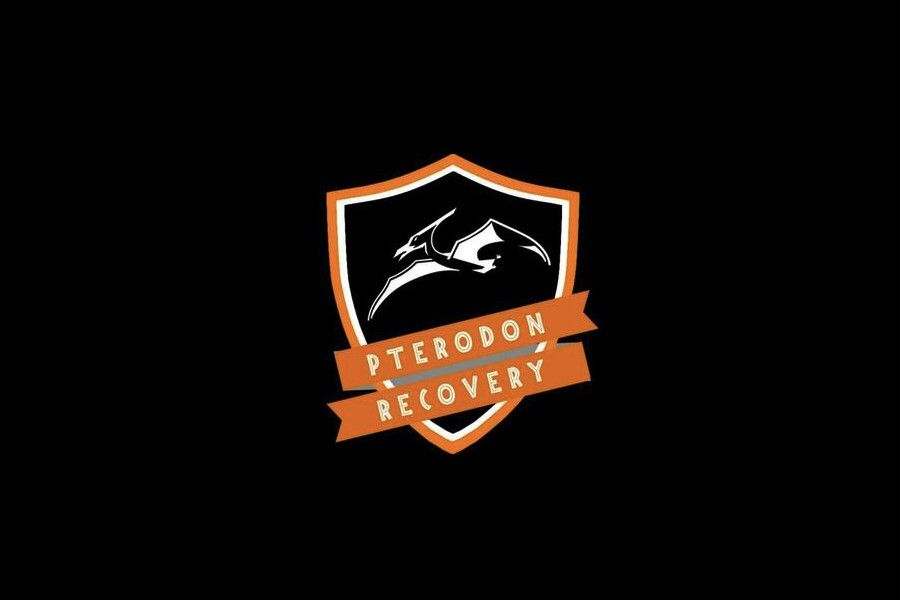The "recovery" environment on Android-powered devices is a lightweight runtime mode that is usually separate from the actual Android user interface. On most occasions, the recovery is powered by a standalone kernel which means the device can boot to the recovery mode even if the main Android OS is unbootable. Such a design makes the recovery environment particularly useful for installing OTA updates and executing maintenance jobs (e.g. cleaning cache or erasing user data).
Later on, aftermarket modders expanded the scope of Android's recovery mechanism. Legendary developer Koushik Dutta, better known as Koush to the Android power user community, introduced ClockworkMod Recovery (CWM) that could be used to perform system backup and restore, run adbd in insecure mode, install custom kernels and ROMs, and a whole host of other things. Koush did add touch screen support to CWM, but it was the Team Win Recovery Project (TWRP) that made touch-enabled recovery universally popular. TWRP and its forks, such as OrangeFox Recovery, RedWolf Recovery, Sky Hawk Recovery, etc. are the most popular custom recovery solutions in the Android modding circle at this moment, but now we have another contender in the arena. Meet the Pterodon Recovery Project!
XDA Senior Member ATG Droid, who used to be the lead developer of RedWolf Recovery, is the brain behind the new recovery solution. It is worth mentioning that Pterodon Recovery is not just another TWRP fork, but its whole codebase is being written from scratch. For example, the GUI part is handled by the libaroma engine - something that powers the fan-favorite AROMA Installer. The status bar workspace UI can be dynamically adjusted in the presence of a notch, while the recovery also supports double-tap-to-sleep (DT2S) out-of-the-box on compatible devices. Apart from regular customization options you should expect from a custom recovery, there is an option to change the brightness by holding the volume buttons and turn on the flashlight by holding the power button.
Keep in mind that Pterodon Recovery is not at all suitable for daily use at this stage. Several vital modules, such as partition management, have yet to be implemented by the developer. The source code is open, though, which means other community members are free to submit patches, develop new features, and fix existing bugs (there are many!). In case you want to port Pterodon Recovery to your device, check out this manifest. ATG Droid has also published compiled builds of Pterodon Recovery for two Xiaomi devices, which can be found below:
Pterodon Recovery Project: Xiaomi Redmi Note 3 ||| Xiaomi Redmi Note 6 Pro
Redmi Note 3 XDA Forums ||| Redmi Note 6 Pro XDA Forums
Screenshots are taken from the Pterodon Recovery Discussion Group on Telegram.

